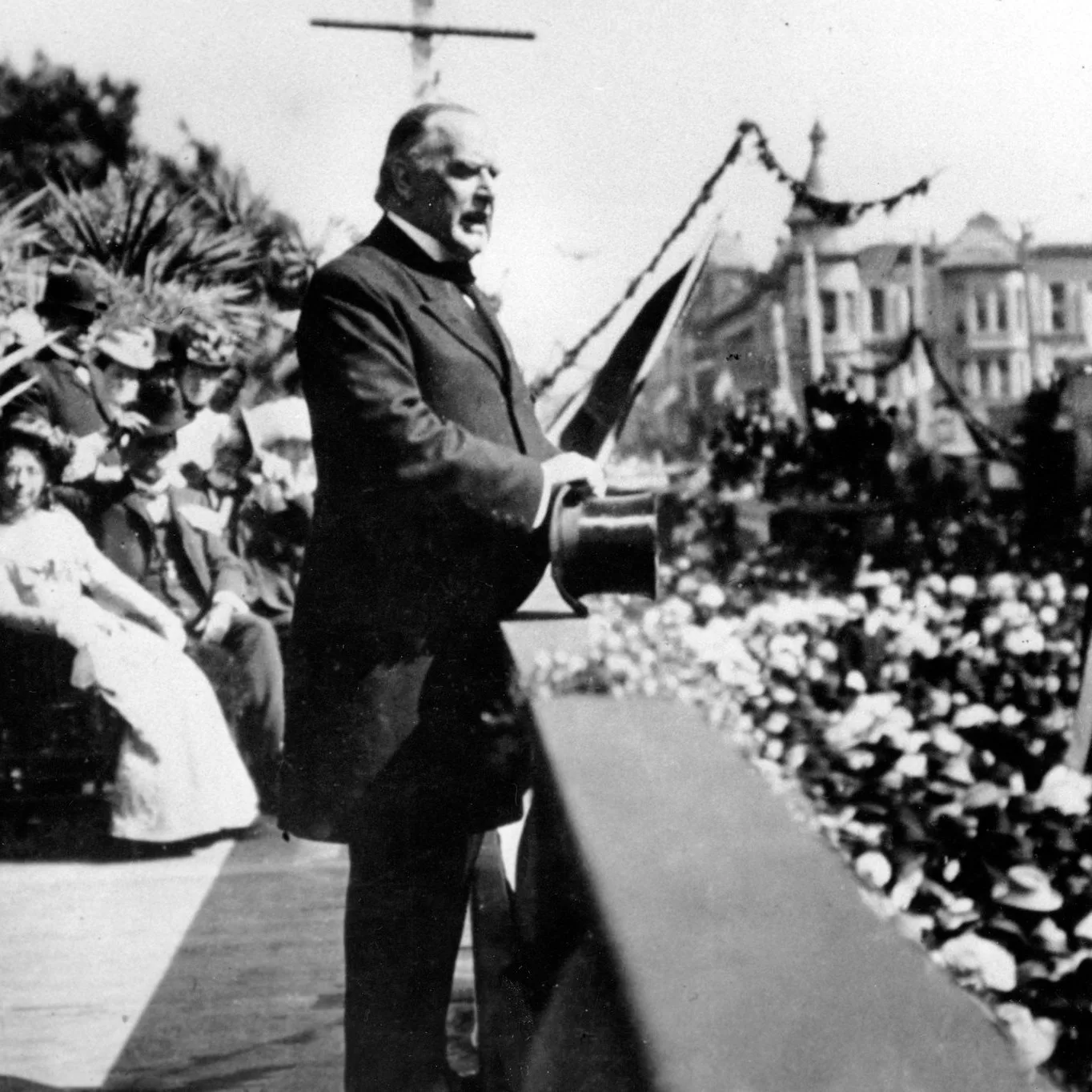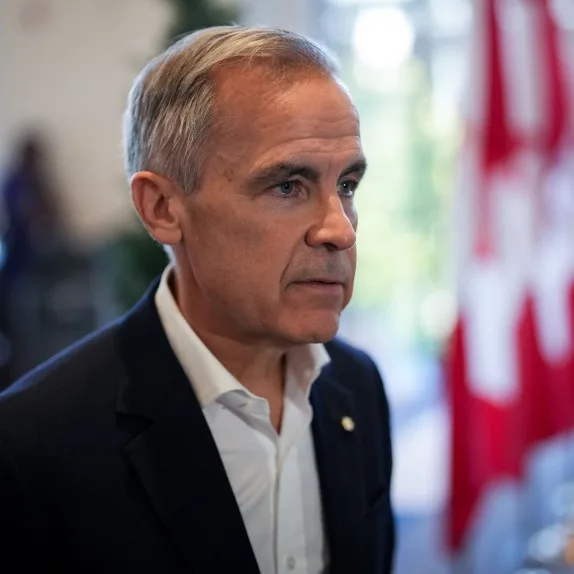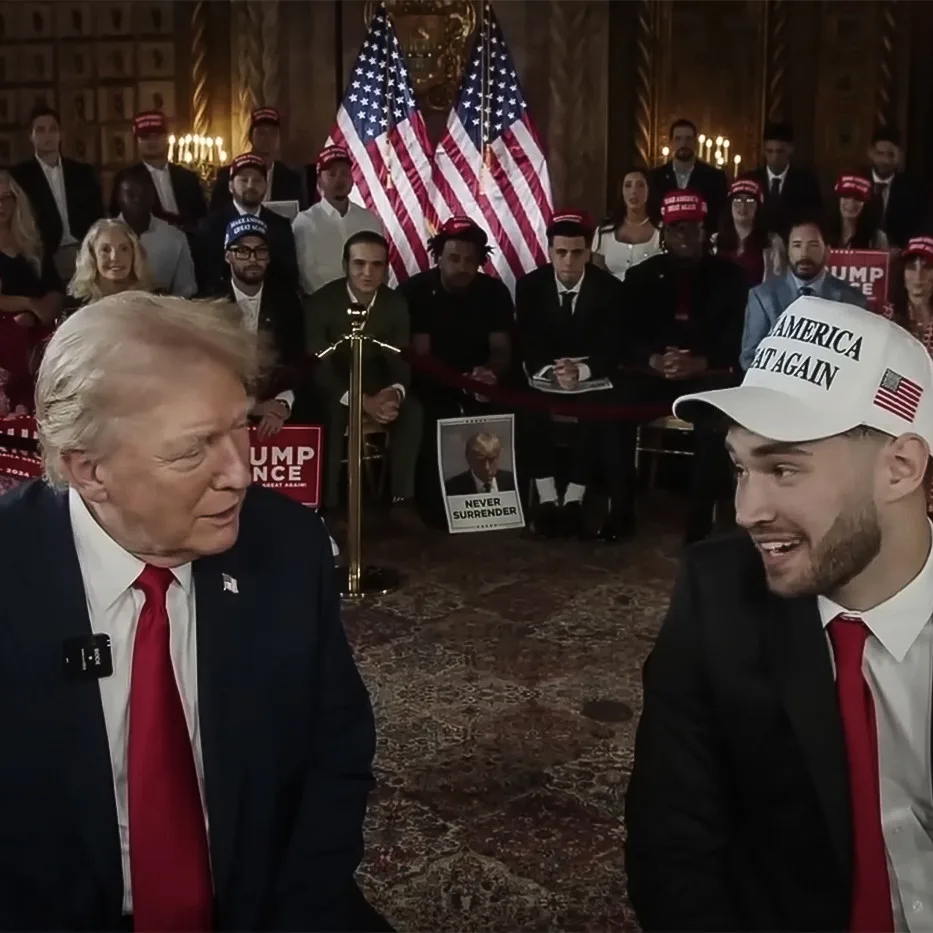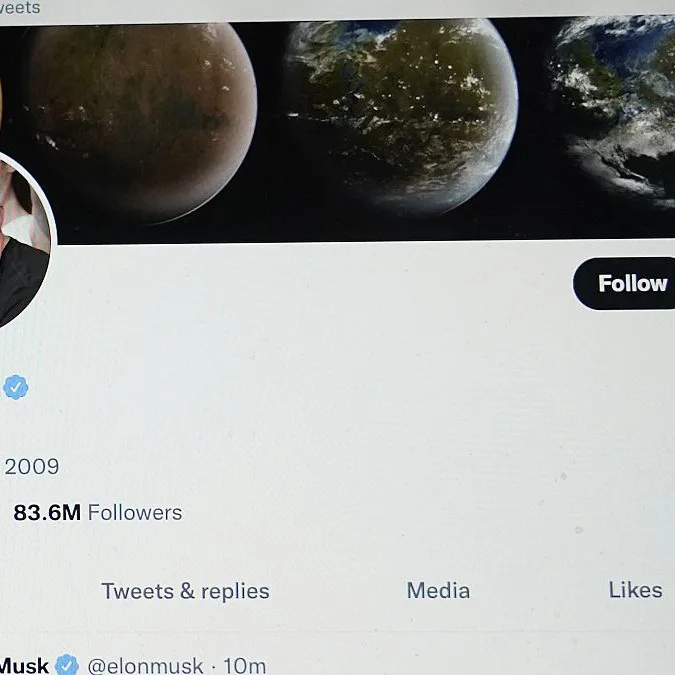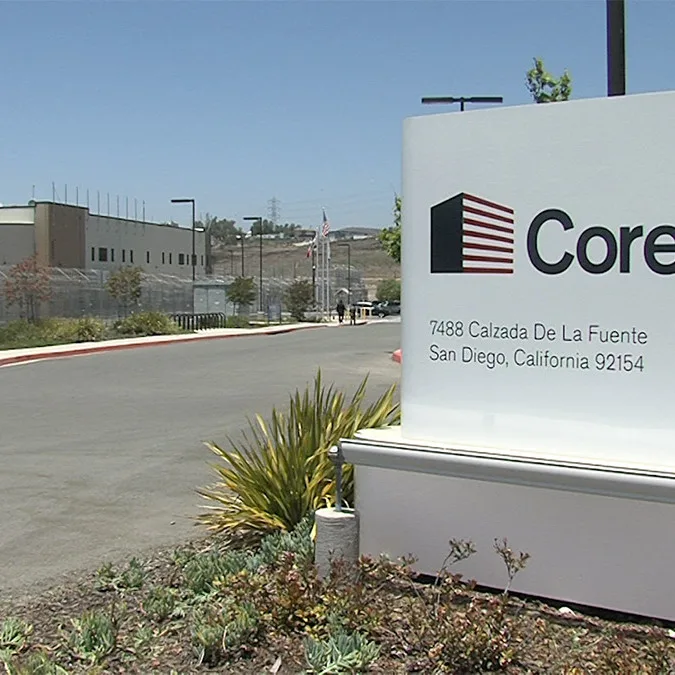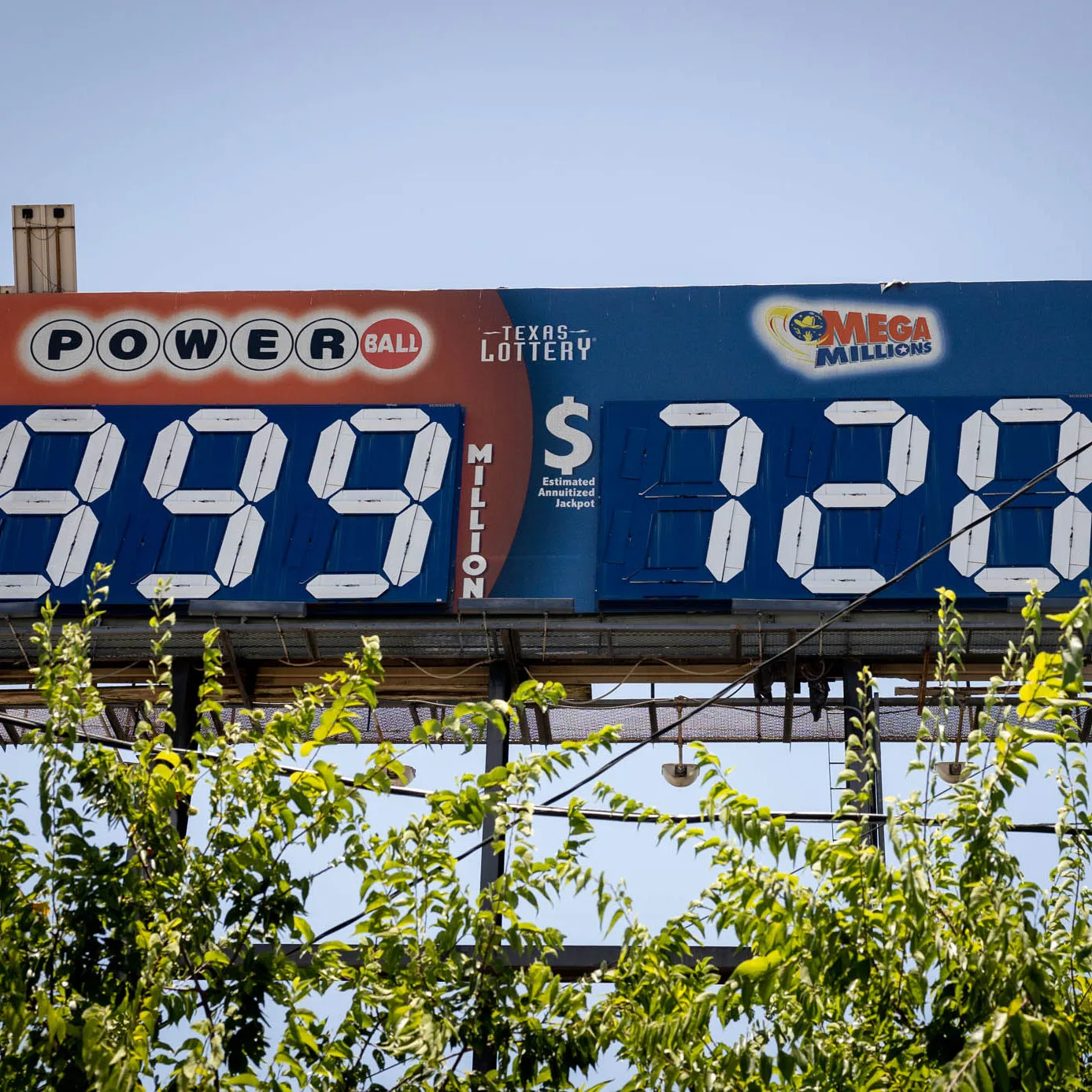In a recent examination of historical figures, former President Donald Trump has drawn parallels with the late President William McKinley, known for his tariff policies in the late 19th century. Both presidents are noted for their strong stances on tariffs aimed at protecting American manufacturing. Trump, during his presidency, implemented a range of tariffs on imported goods, claiming these measures would boost American jobs and industries. Meanwhile, McKinley was celebrated for ushering in the McKinley Tariff of 1890, which raised import duties on numerous foreign goods. This legislation initially aimed to protect American products but later faced criticism, illustrating the complexities of tariff policy. According to economic analysts, Trump’s admiration for McKinley can be traced from his campaign rhetoric to specific economic measures he enacted while in office. In an analysis, it was reported that Trump once stated, ‘We need to make America great again, and to do that, we need to put America first – just like McKinley did.’ However, unlike McKinley, who later abandoned some of his tariff strategies, Trump’s tariffs led to trade tensions, particularly with China, affecting numerous sectors and blurring the lines of free trade. As economic discussions continue, the historical context of these policies provides valuable insights into present-day economic debates.
Trump and McKinley: A Comparative Analysis of Tariff Policies
